Carbon monoxide is an extremely dangerous gas that’s colourless, odourless and tasteless - making it extremely difficult to detect. Yet, as it’s being produced by numerous common household appliances, it’s important for homeowners to understand how to keep themselves and their families safe.
It’s incredibly important for everyone to install a carbon monoxide alarm in properties and office buildings - as they are designed to provide an alert if there is a detection of hazardous levels of carbon monoxide in the air, so customers can take action to keep themselves and their loved ones safe.
Homeowners often overlook carbon monoxide detectors, so installers are tasked with keeping customers safe by recommending suitable carbon monoxide alarms for their property.
We’ve put together this handy guide for installers to learn the essential regulations regarding carbon monoxide detectors and how you can keep your customers safe all year round.
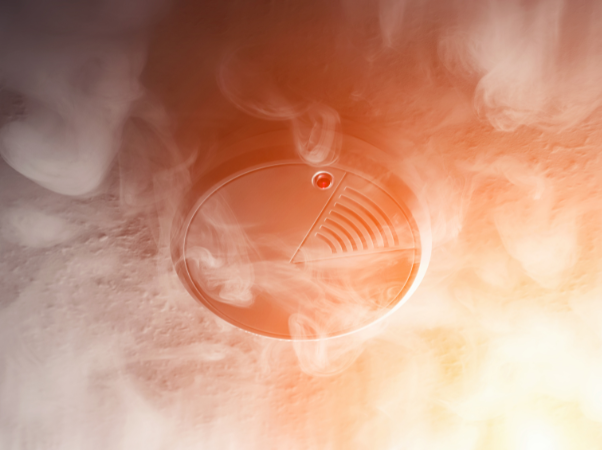
Carbon Monoxide Poisoning Is a Silent Killer
Did you know carbon monoxide is widely regarded as one of the most dangerous silent killers?
This is because carbon monoxide is a tasteless, colourless, and odourless gas which can be produced by the incomplete burning of fuels such as wood, propane, gasoline, and natural gas, with most carbon monoxide exposures happening in the colder months - as the common source of CO poisoning is from unvented space heaters in properties.
When carbon monoxide is inhaled, it can make you seriously ill - if not fatally ill, as the carbon monoxide can replace the oxygen in the blood - making it difficult for our bodies to transport oxygen to vital organs.
Carbon monoxide poisoning is estimated to cause around 40 deaths annually in the UK, and many more are hospitalized. As an installer, it's your responsibility to keep your customers safe, and one way to do that is by installing carbon monoxide alarms - and educating customers on the risks of carbon monoxide poisoning.
What Are the Regulations for Carbon Monoxide Alarms?
Many countries have regulations in place regarding the use of carbon monoxide alarms in residential and commercial buildings. In the UK, any room with a fixed combustion appliance must have a carbon monoxide detector installed. Ideally, the CO detector should be installed at a head height between 1-3 meters from the fuel-burning source.
Customers who live in rented accommodation will usually have a carbon detector already situated in the room where:
- used partly or wholly as living lodging and
- contains any device which burns or is capable of igniting fuel.
The landlord of the rental properties is mainly required to carry out a check to ensure that the carbon monoxide alarm is in working order on the day a customer begins their new tenancy.
When a tenant identifies a defective CO alarm, the landlord will need to investigate, repair or replace the item as soon as possible. This also applies to smoke alarms if a defect is identified.
It is compulsory for rented properties, including both flats and houses, to install both a smoke alarm and carbon monoxide alarm. Failure to comply can lead to a hefty penalty for the landlord of up to £5,000 as outlined by the government guidelines.
Landlords are advised to make an informed decision and choose a suitable smoke and co-alarm based on the needs of the building. Both alarms are recommended to comply with the sealed standard of BS 50291 and BS 5839-6, where battery-powered alarms are ‘sealed for life’.
How to Choose the Right Carbon Monoxide Detector
Are you looking for a trustworthy carbon monoxide detector so you can continue to keep your customers safe?
Choosing an up-to-date, fully-compliant carbon monoxide detector for your installations can literally be the difference between life or death, should a carbon monoxide leak occur.
At City Plumbing, we stock a vast range of carbon monoxide alarms that come equipped with advanced features such as long-lasting batteries and advanced sensors that allow you to monitor the gas levels more effectively.
Here are four carbon monoxide detectors we recommend for your next installation project:
The Hispec Battery Operated CO Alarm provides a fast detection response time that's easy to install, providing a quick and hassle-free installation time for customers.
The Hispec alarm comes equipped with a self-test on the sensor and self-diagnostic features with a low battery warning.
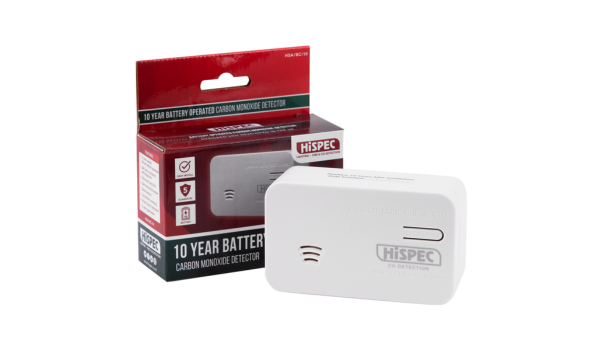
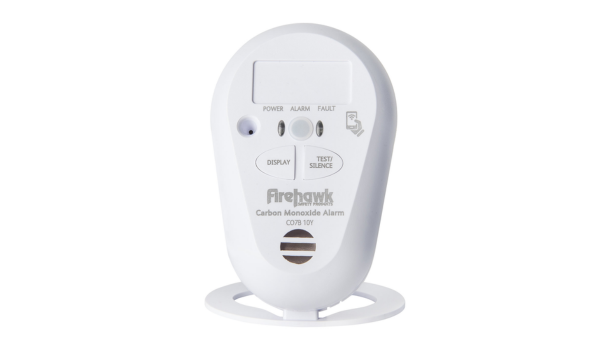
The Firehawk Carbon Monoxide Alarm is a compact detector that can be situated anywhere on the property - thanks to its versatile mounting options, including standing alone or secure wall mounting.
The design can provide a seamless installation and can give the customers a multifunctional test and silence button with a tamper proof battery.
The Google Nest Protect is a two-in-one as they are not only a carbon monoxide alarm but also doubles as a smoke alarm. Their compact, modern design will match any home's aesthetic. With three-quarters of UK homes now containing some sort of smart device or appliance, more customers opt for a smart solution for monitoring safety devices at home.
If your customer has an existing Nest thermostat - with its inbuilt safety measure - the Nest Protect alarm can automatically turn off your customer's home heating through the Nest thermostat if the alarm detects an emergency.
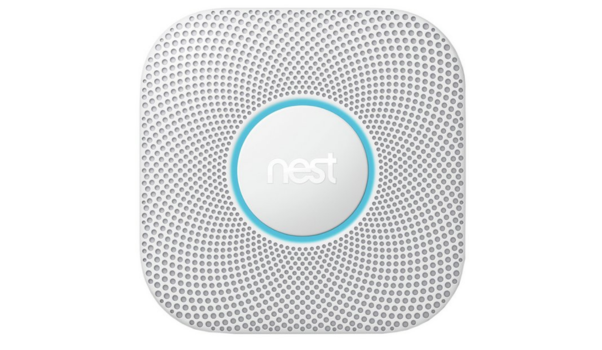
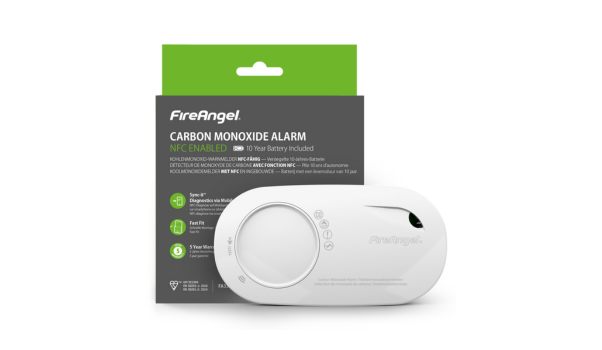
Fireangel Carbon Monoxide alarm is a cost-effective solution for customers looking to update their safety alarms on a budget. The alarm has an inbuilt wireless diagnostics capable of providing instant alerts to your customer's smart device.
It also has an intelligent sensing infostructure that allows the Fireangel alarm to detect low levels of CO gas by increasing its sensing rate.
Keep Your Customers Safe All Year Round
Carbon monoxide detectors are an integral part of a customer's home. They are an essential piece of equipment, not just for when customers switch on their boilers in the colder months - but for all year round, making them a crucial investment.
A CO alarm is just as important at any time of the year and not just in the winter, as CO gas can be produced by various household appliances like an oven. This makes it crucial for customers to invest in a carbon monoxide detector and test them once every six months to ensure safety all year round.
If you are a gas-safe engineer, you can arrange an annual gas service with your client by checking their boiler, gas fires and cooker, which can reduce the risk of carbon leaks in their home.
If you require any further advice, then get in touch or visit your local City Plumbing branch.
Author: Alexis Webster
Other articles

Help Customers Make The Move To Smart Living
02 Nov 2023 ・ 4 mins

Don't miss the B.U.S… Boiler Upgrade Scheme Grant Increased for 2024
13 Oct 2023 ・ 5 mins

A Trade Guide to Infrared Panel Heaters
10 Oct 2023 ・ 5 mins



